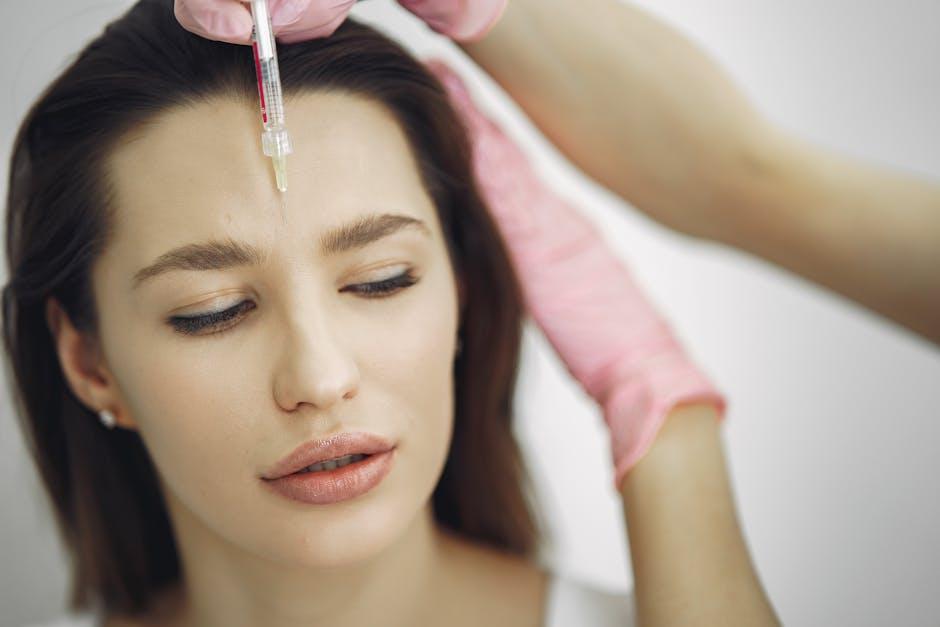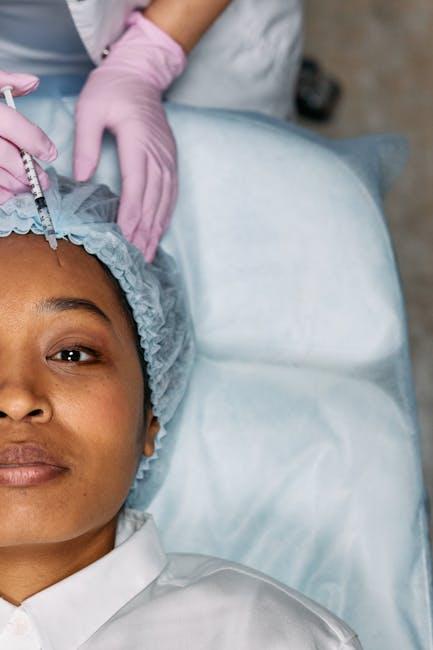
Botox: Current and Emerging Trends for Dental Practitioners in Esthetic Dentistry – Cureus
In the evolving world of esthetic dentistry, Botox has become a transformative tool, offering dental practitioners innovative ways to enhance both facial aesthetics and dental treatments. Originally recognized mainly for its cosmetic applications in dermatology, Botox now plays a pivotal role in improving smiles, managing orofacial muscular issues, and augmenting patient satisfaction in dental clinics.
Introduction to Botox in Esthetic Dentistry
Botulinum toxin type A, commonly known by the brand name Botox, is a neurotoxic protein that blocks muscle activity, which results in a reduction of wrinkles and muscle contractions. For dental professionals, Botox extends beyond wrinkle management to address functional and esthetic concerns associated with oral and maxillofacial anatomy.
Dental practitioners increasingly integrate Botox into their treatment arsenal to enhance esthetic outcomes, support rehabilitation, and provide minimally invasive solutions for conditions affecting the head, neck, and face.
Current Trends of Botox Use in Dentistry
Botox usage in esthetic dentistry has expanded rapidly due to its versatility and patient demand for less invasive cosmetic treatments. Here are some of the most prominent current trends:
- Gummy Smile Correction: Botox injections in the upper lip depressor muscles effectively reduce excessive gingival display, creating a more balanced and attractive smile.
- Masseter Muscle Reduction: Addressing hypertrophic masseters not only slims the lower face but also alleviates bruxism (teeth grinding) and temporomandibular joint (TMJ) disorders.
- Orofacial Pain Management: Botox has shown promising results in treating myofascial pain syndrome, migraines, and temporomandibular disorders through muscle relaxation.
- Facial Rejuvenation Adjunct: Many dentists collaborate with dermatologists or cosmetic surgeons to provide integrated treatment plans leveraging Botox along with dental procedures.
- Adjunctive Therapy for Orthodontics: Utilized to relax muscles during orthodontic tooth movement and control adverse habits like lip sucking or tongue thrusting.
Emerging Botox Applications in Esthetic Dentistry
Innovation continues to drive new uses of Botox in dentistry, offering practitioners cutting-edge solutions that blend functionality with esthetics.
- 3D Facial Mapping Techniques: Enhanced imaging and injection planning tools allow for more precise Botox administration, minimizing side effects and maximizing esthetic results.
- Combination Therapies: Botox combined with dermal fillers or dental ceramics is gaining popularity to achieve harmonious facial-dental aesthetics.
- Smart Dosing & Customized Regimens: Patient-specific dosing protocols, guided by genetics or muscular assessment, improve safety and outcomes.
- Integration with Digital Dentistry: Digital smile design software now incorporates Botox planning to predict facial changes post-injection alongside smile improvements.
- Botox for Post-Dental Surgery Recovery: Emerging evidence supports its use to reduce muscle spasms and pain following invasive oral surgeries.
Benefits of Botox in Dental Practice
For dental practitioners, integrating Botox offers multiple benefits:
- Minimally invasive procedure: Quick injections with minimal downtime enhance patient acceptance.
- Complement to dental esthetics: Enhances smile design by addressing muscular and skin-related esthetic issues.
- Therapeutic advantages: Provides treatment options for pain, bruxism, and muscle-related dysfunctions.
- Increased patient satisfaction: Patients appreciate holistic approaches that improve overall facial harmony.
- Expanded service offerings: Diversifies practice revenue streams by including cosmetic and therapeutic Botox treatments.
Practical Tips for Dental Practitioners Using Botox
Dental professionals considering or already incorporating Botox should keep the following practical considerations in mind:
- Obtain proper training: Certification courses on Botox administration specific to the orofacial region are critical for safety and efficacy.
- Understand anatomy thoroughly: Detailed knowledge of facial muscle anatomy prevents adverse events and optimizes aesthetic outcomes.
- Develop customized treatment plans: Tailor Botox doses and injection sites to individual patient anatomy and treatment goals.
- Use high-quality products: Always source Botox from reputable manufacturers and adhere to storage guidelines.
- Communicate with patients: Set realistic expectations and discuss potential side effects or repeat treatment necessity.
Case Studies: Examples of Botox in Esthetic Dentistry
| Case | Issue | Botox Application | Outcome |
|---|---|---|---|
| Patient A | Gummy smile with excess lip mobility | Injection in levator labii superioris muscles | Reduced gingival display & improved smile |
| Patient B | Severe bruxism & jaw pain | Masseter reduction injections bilaterally | Pain relief, decreased tooth wear, slimmer jawline |
| Patient C | Facial asymmetry post-orthognathic surgery | Targeted Botox to muscle hypertrophy areas | Balanced facial contour & enhanced esthetic result |
Firsthand Experience & Insights
Dr. Emily Harris, a leading esthetic dentist, states: “Incorporating Botox into my dental practice has revolutionized patient outcomes. It has empowered me to address complex esthetic challenges that traditional dentistry alone could not solve. I strongly recommend extensive training and starting with conservative doses to build confidence and ensure safety.”
Conclusion
Botox represents a dynamic and valuable advancement for dental practitioners focusing on esthetic and functional improvements in facial and oral health. Following current trends and staying abreast of emerging innovations enables dentists to expand their clinical skills, improve patient satisfaction, and boost their practice’s competitive edge.
By integrating Botox responsibly and skillfully, dental professionals can deliver comprehensive, minimally invasive treatments that enhance both smiles and overall facial harmony. For those eager to advance their esthetic dentistry expertise, Botox is undoubtedly a vital tool shaping the future of dental care.
Explore more on this topic and stay updated by visiting Cureus.


